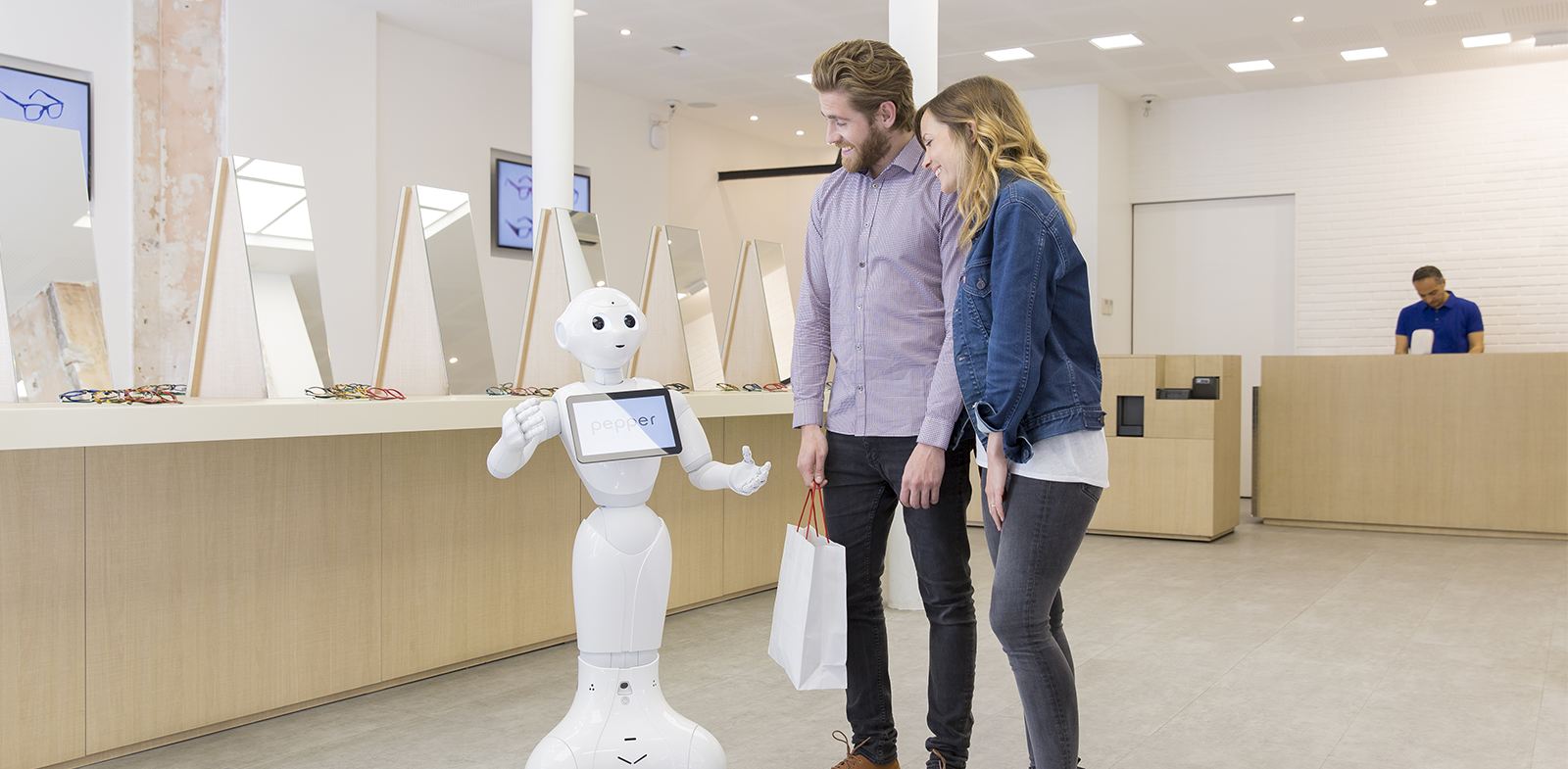-
I Need AdviceFree Consultation

How to Build Robot-Business Integration for Your Company
Robotics used to be gadgets and systems that aided businesses. Now, they’ve become an entire industry. Robots can transform any company, through increased productivity and consumer connections. Beyond that, they can adapt to your individual needs — there’s a robot for everything.
A robot-business integration will look different depending on your industry. Ridesharing companies may focus on driverless vehicles while education specializes in tutoring robotics. Regardless, you can build robots into your business in just a few steps.
Set the Stage
Think of 2021 as a blank canvas. You can take it in any direction you wish to go in, but when you add robots, suddenly the image becomes clear. These devices and systems will guide you down the most colorful, profitable paths moving forward.
Some robotics require programming, like mechanical arms on an assembly line. Others use artificial intelligence (AI) to constantly evolve and adapt, like driverless cars.
During the pandemic, there’s an emphasis on cleaning, hygiene and social distancing. Robots can clean and take care of some of the same tasks that humans have historically done. For instance, hospitals are using robots to sanitize, help patients and even assist on some surgeries.
What does your business need the most? Is it aid with sanitation? Or are there better ways to fulfill orders? The first step is to figure out where you want to take your robot-business integration based on existing uses.
Encourage Use Across the Supply Chain
Robots reduce errors. They’re efficient, programmable and hard-working machines that cut out human error. Without this risk of mistakes, every step of the supply chain moves more efficiently, facilitating faster sales and more customer satisfaction. You can work with suppliers and manufacturers who have mastered robotics.
These facilities will use robots for assembly lines. Mechanical arms are easily adaptable and can tackle a range of designs within a day. Even more evolved, though, autonomous robots can navigate throughout the warehouse on their own. Some use 3D mapping skills that you’ll see in video game tech, which helps them navigate around obstacles. Then, they take inventory and pinpoint exactly where items are. The entire fulfillment process moves a lot faster.
For retailers, these kinds of robots will be invaluable in-store, too. With a big enough inventory room, robots can quickly locate things for employees in the back. From start to finish, the entire supply chain can integrate robots.
Optimize Customer Satisfaction
Robots have more uses than repetitive tasks. They can act as customer service agents or even as sources of engagement. Both of these factors are possible thanks to AI personalization algorithms within robotic systems.
The pandemic has overwhelmed health care facilities. Staff members may not have the time to call patients or answer questions. In these instances, robotics can help. A chatbot is an AI-based robot that uses natural language processing (NLP) to understand a patient’s tone. The chatbot then answers questions and solves problems immediately.
Some robotics systems can even call patients and leave specific messages about appointments, directions, prescriptions and answer questions.
Apply these two ideas to any business and you’ll see improved customer satisfaction. Robots are there when people can’t be. They adapt to specific situations and answer questions in the same way that a human can.
As an interesting development, some in-store robots can even help customers find products. Pepper is one example of a robot that business owners can program to assist customers in any way. They also add an extra unique factor to help your company stand out.
Obstacles and Solutions
Studies show a massive global impact from AI adoption in the coming years, but that doesn’t come without its challenges. Moving forward, companies will need to focus on a few obstacles that still limit the full potential of robotics.
Cost is the most prominent obstacle. Smaller businesses may not see the investment as necessary enough. Luckily, costs are decreasing. Industrial robots may drop in costs by as much as 60% by 2025. This downward trend is already in motion — you can start investing now.
Cybersecurity is the second area of focus moving forward. More tech in business means you’ll be storing more private company and consumer data. In instances of breaches or fraud, you could be liable if you don’t have the right cybersecurity protections in place.
Following your state or region’s compliance laws is the solution. Though they’ll vary by location, having the best protocols in place will keep your robotics functioning smoothly without any hiccups.
Tackle these two obstacles at once and your company will thrive.
Robotics as a Service
With these steps and tips, you can get started on integrating robotics into your company. Then, you help in making Robotics as a Service (RaaS) the norm instead. It’s becoming an industry — you’ll want to be a part of this growth.
Discover more Business Robots with RobotLAB!

Check more information here: https://business.robotlab.com/
Shannon Flynn
Managing Editor - shannon@rehack.com

You May Also Like
These Stories on Robotics
Subscribe by Email
*If you have questions related to how we use your data, please refer to our privacy policy link here.
RobotLAB Inc
1981 N Broadway
Walnut Creek, CA 94596
+1(415)702-3033




No Comments Yet
Let us know what you think